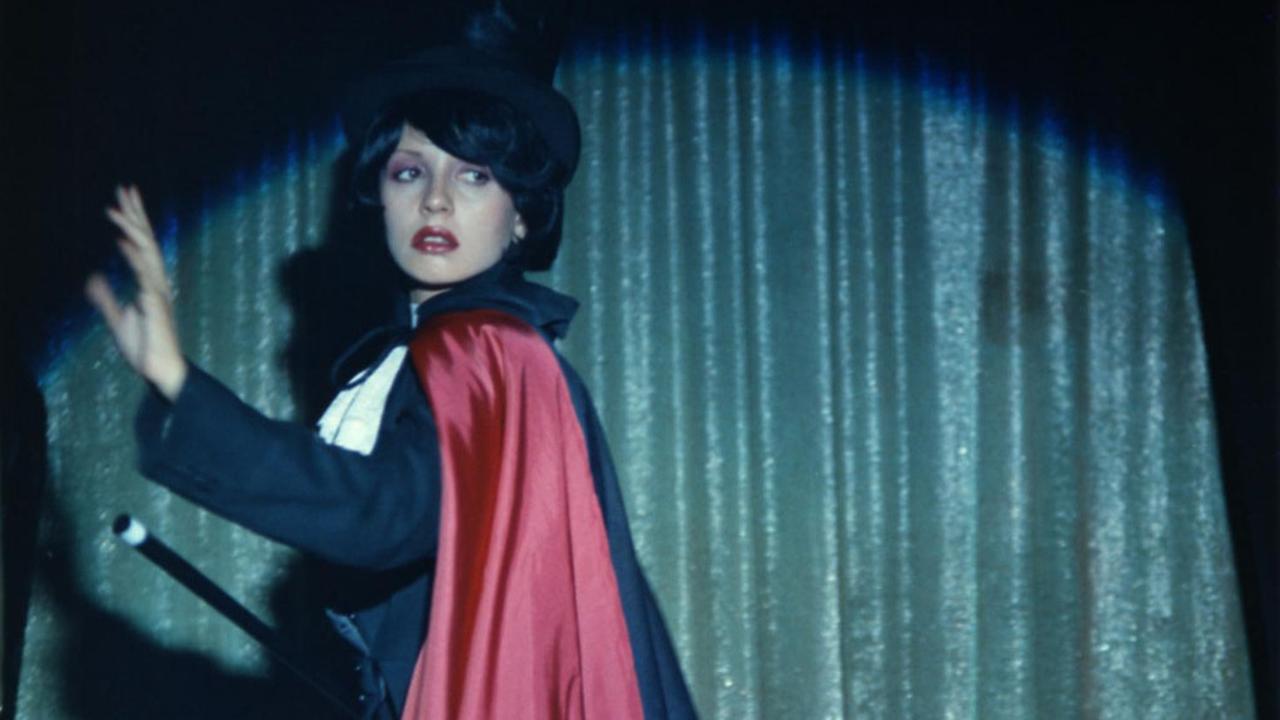
Far from traditional narrative, there is a cinema which subverts all conventionalism. With a vibrant sense of freedom, defend its own rules.
We are talking about fairytales, romantic dreams and paradises that later get lost on to cold nightmares, full of danger and mystery, where the loss of innocence is portrayed.
These young ladies, wander around, searching for a game to entertain themselves or something for discover: a creepy mansion, a desert landscape, the train tracks of a ruined city or just a way to get lost onto fantasy.
Childhood is the main weapon of these characters to create parallel worlds where they can shelter from adulthood’s decadence. Although they are not out. Sometimes they fall into the trap, to the hole as Alice did, and get exposed to hypocrisy, corruption, abuse, addictions, lies, waste and war emodied by monsters, mud beings, dead who revive, nymphs, witches, vampyres and ghosts.
The feminine becomes a performance, through a deceitful inoccence that hides, in the background, the empowerment of sensitivity in a world ruled by men’s logic. The random and the magical take over this femenine world.
There is no doubt that we are in front of an avant-garde cinema, which confronted its times. These “open” stories are full of hidden symbols in themselves that give us infinite interpretations. Many use surrealism as a mockery of political oppression just to hide themes that later could be banned. Others play with surrealism to fight against the boring reality of everyday life and show us the richness of imagination in a dream world.
Some of these movies were made with scenarios of wars and tyrannies behind or were misunderstood by critics for being too provocative. Daisies was banned 20 years by the communist in Czechoslovakia. Jodorowsky was almost killed at the premiere of Fando and Lis. Hausu pretended to be a Japanese version of Spielberg’s Jaws and ended up being a script based on the ideas of the director’s daughter, Zazie in the Subway was born from a last minute decision of the director and it was a risk because was based in a novel with really complex language.
1. Daisies (1969, Vera Chytilova)
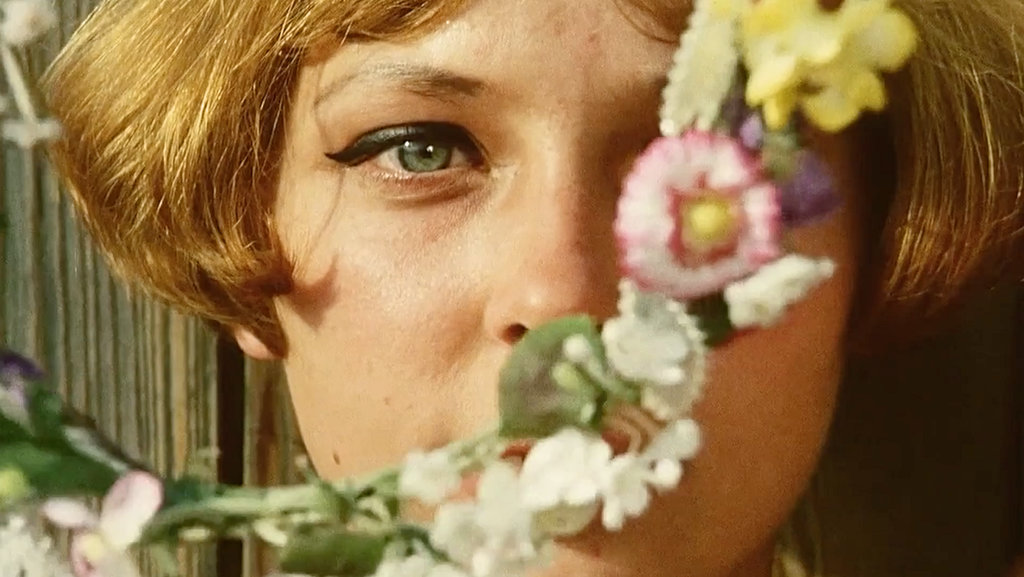
“If the whole world is corrumpted, we will be too”. Under this premise, the film begins. While the two female sunbathe on a roof, war explotions occur in parallel. These two daisies share a symbiotic relationship where they do everyting together. Whimiscal and irreverent, eating pickles and watermelon in a grassy room, they play phone jokes and cut out magazines.They get out with older men to take advantage of their money and eat for free until they are satisfied.
Then just pretend they must take a train and end up sending the man away to repeat the story again and again. They are liars, they change names and invent diseases. Go round taking tubs of milk, wondering the meaning of existence. But, often, as a good child, they feel bored and declare that there is nothing. Finally, they enter a palace where they were not even invited and found a banquet. Putting slowly their fingers in cakes, pretend to be carefull, but then they hang on the big lamps, they dance on the table, step on the food and end up throwing and breaking plates.
Daisies mimic the bad behaviours of the world, playing to be amoral. With an experimental treatment that combines color, black and white and twist monochromes, in a collage technique of edition, with a breaking narrative, we can find slapstick, dadaist style, different speeds and magical ellipsis, that represent a childish spirit.
From the words of its own director, the film is a moral tale about the destruction, showing how evil does not necessarily manifest itself in an orgy of destruction caused by war, that its roots may be hidden in the malicious joke of daily life.
2. Valerie and Her Week of Wonders (1974, Jaromil Jires)
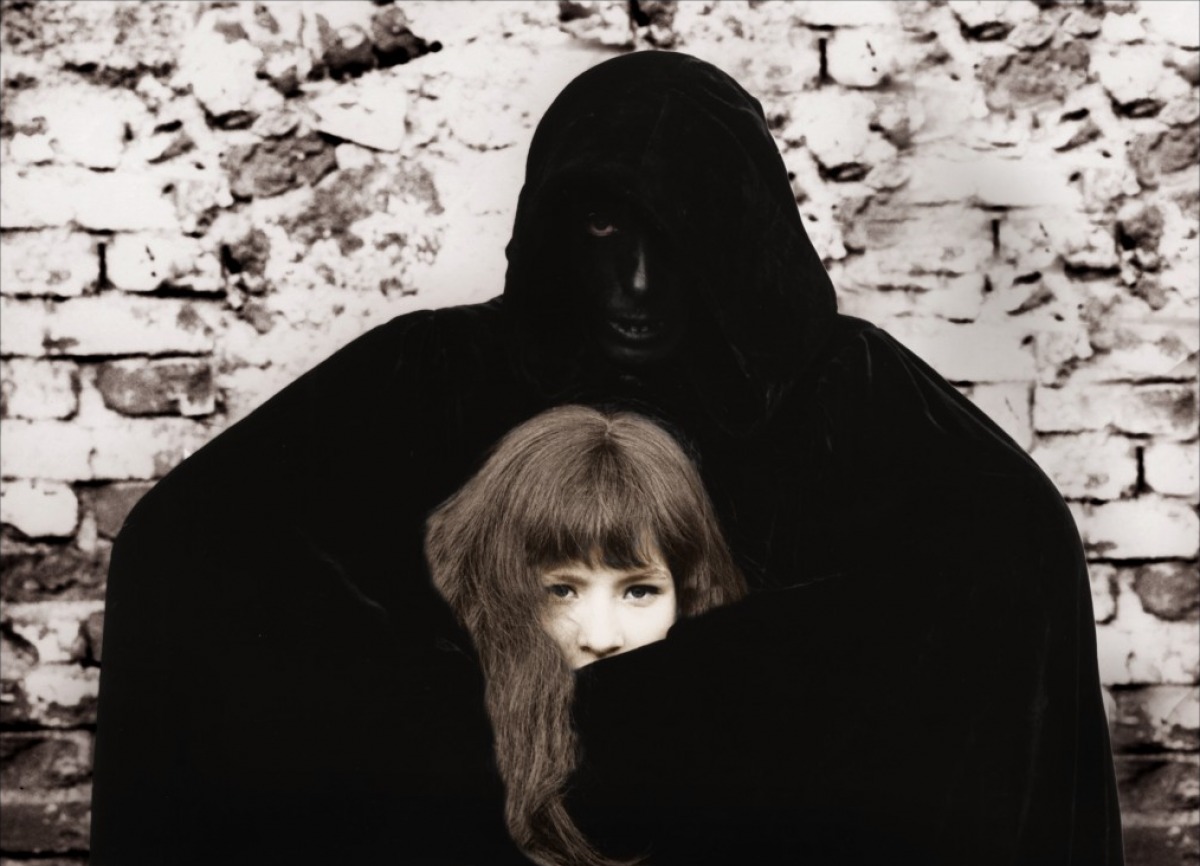
Valerie, an angelic-looking girl, wanders through a gothic village subject to extreme religion.
In a mythical and poethic tone, she wanders through edenic landscapes with white scenarios that are abruptly interrumped by dark vampires wishing her young blood.
A daisy is stained with blood and we know, symbolically, that Valerie is already a woman, who loses her attention in a beautiful pair of earrings (that represent her virginity), while grandmother forces her to pray. It seems that Valerie is not innocent anymore because of the way she eat fruits and because she has already spied lesbians having orgies and has seen punishment like a sexual delight.
In the midst of her sexual awakening, Valerie will be exposed to taboos, where the dialecthic between guilt and desire, fear and curiosity get harder.
This is a bizarre version of Alice in Wonderland, a perverted fairytale, where innocence and virginity play with its darkest counterpart: obscenity, abuse and incest. An allegory of the end of childhood or maybe, it’s just Valerie’s dream.
3. Fando and Lis (1968, Alejandro Jodorowsky)
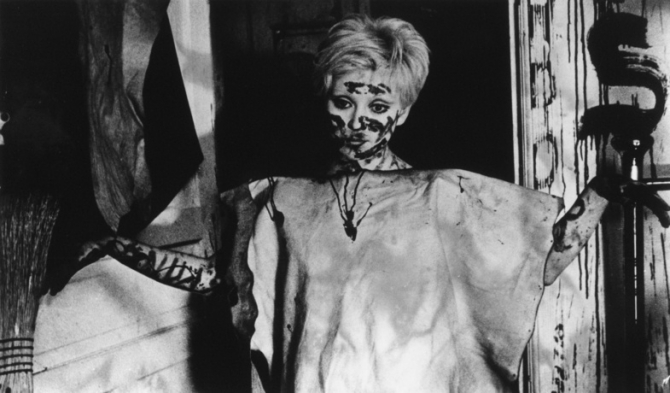
Jodorowsky’s cinema has always sought to provoke and this is not exception. Fando and Lis walk their love through demolished buildings, cemeteries, chasms, marshes in a random journey through the search of a mythical city called Tar. Lis is paralyzed and carried by Fando, through this violent world where snakes enter the vaginas, where some beg for blood, where they jump and dance on corpses.
This teatrical nightmare, in a dystopic world full of subconsciousness, show us death, abuse, dependence, punishment, sick love, idealization, selfishness, sacrilege and trauma.
All the cities crumbled and the only hope is Tar, a place where “you know wine and water, play with a music box, help harvest, know eternity, become a cat, a child, a swan, and you will be alone and you will get love and you will find extasy”.
“If the city doesn’t exist, we invent it” said Lis. But Tar does not exist in a dehumanized era.
4. Zazie in The Subway (1960, Louis Malle)
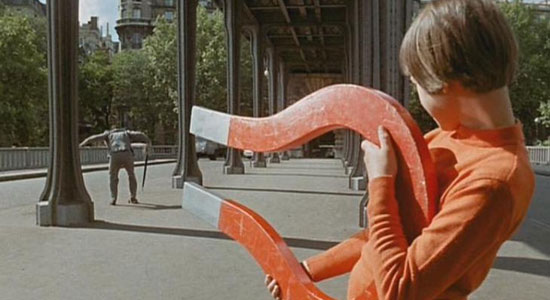
Zazie, a capricious and burlesque young woman, insolent but not innocent, spends time disturbing others. She run away from her uncle’s house in search of adventures, wanting to explore Paris by her own, meeting strangers and then escaping through absurd persecutions.
Under the spell of strident violins, fast-speed images, jumpcuts, magical ellipsis, slapstick and a satured photography we know Zazie’s fantasy world. But while she sleeps, the dark and destroyed world of adult is portrayed.
A world who started to industrialize, with traffics everywhere, consumer society, misogyny, false appearances and obssesed love. It hides a strong social criticism of stupid masses, fighting each other, breaking and destroying without reasons, scenarios that fall, the futility of life, dynamites exploding and everyone applaud in midst of chaos. Paris is dressed of modernism and great architecture, but in a post war mood, we can find existentialist crisis.
Zazie has an adult and challenging psychology in this world ruled by clumsy adults. She recounts her childhood’s traumas, as if she didn’t care of it. Her perspective of good and evil is twisted. She is just the result of a world that has lost its values.
5. The Wizard of Oz (1939, Victor Fleming)
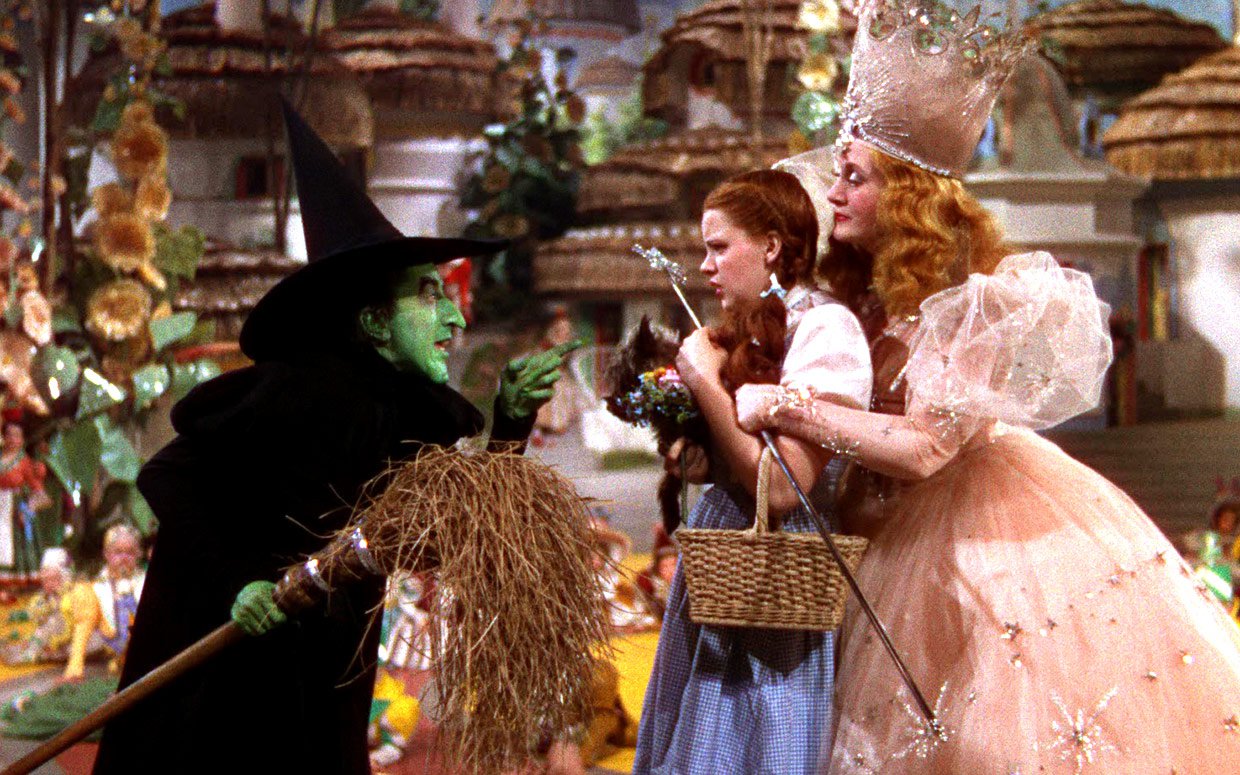
Dorothy is a Kansas girl who will leave the black and white desert, through a tornado, to inmerse herself in the amazing Technicolor world of Oz. Munchkins and witches will help her to find her way back home with one clue: “Follow the yellow path”. With the help of three eclectic partners (the scarecrow, the tinman and the coward lion), she will go in search for the Wizard to find her way back home. Beyond the rainbow, they will found witches appearing from smog, trees that talks, garden of poppies that make you sleep, flying monkeys and tramps.
But this film is not just fantasy. In the time it was written, fascist dictators dominated Europe. Everyone praises any authority figure just for having carisma, technology is a mechanism used to dominate, a society with deep ignorance can be manipulated, industry doesn’t have a heart, politicans are coward, drugs are the perfect anesthesia for dominate people. But Dorothy was just having a bad dream they say. Nothing exists but on her mind.
Wizard of Oz is a story of marginal beings, of misfits who don’t fit the social stereotypes. And it’s also a girl that had to leave the repressive home and go out into the unknown in a struggle with her maturity. The world begins in the end of your comfort zone.